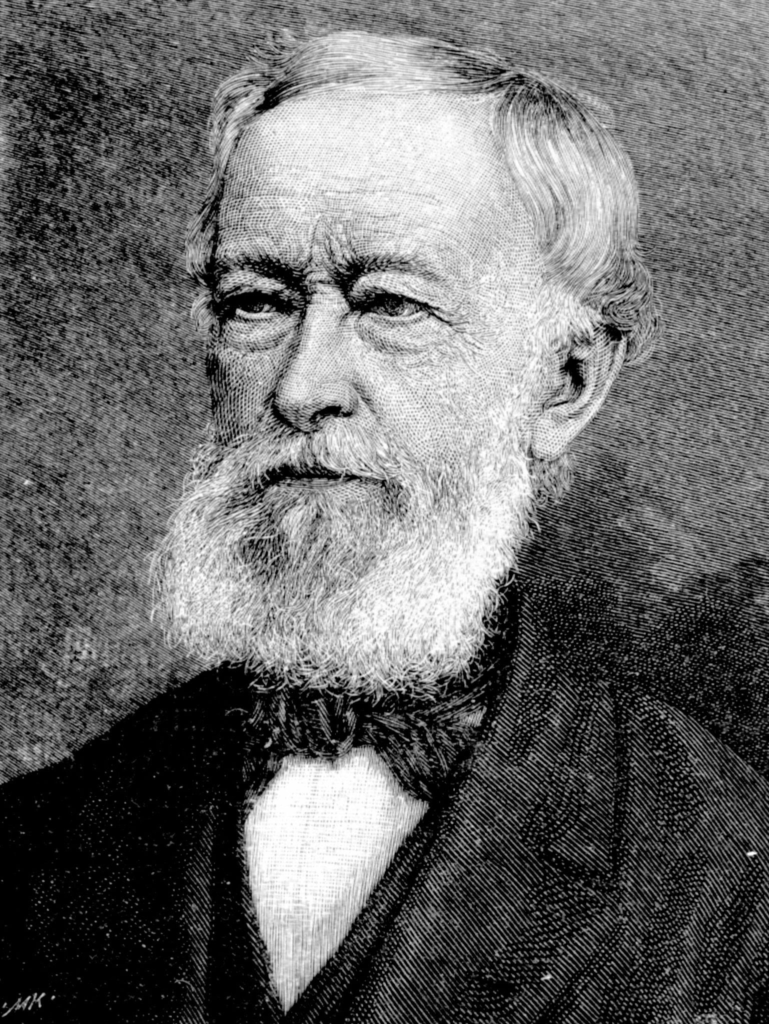An environmental portrait is a portrait executed in the subject’s usual environment, such as in their home or workplace, and typically illuminates the subject’s life and surroundings.

Arnold Newman

Arnold Abner Newman was an American photographer, noted for his environmental portraits of artists and politicians. He was also known for his carefully composed abstract still life images. In 2006, he was inducted into the International Photography Hall of Fame and Museum. He also won the Lucie award in 2004.
Alfred Krupp

Alfred Krupp was a German steel manufacturer and inventor; the largest arms supplier of his era, which earned him the nickname “The Cannon King”. Krupp’s wartime employment of slave labour resulted in the “Krupp Trial” of 1947–1948, following which he served three years in prison.
Arnold Newman and Alfred Krupp photo Analysis

Alfred Krupp was a Nazi war criminal who was known for using slave labour in his factories, this can be seen in the background of this image if you look closely. Krupp contacted the famous photographer Newman for a portrait in 1963. After finding out that Newman was a Jew, Krupp refused to let him take the photograph.
Newman didn’t give up he kept asking Krupp to have a look at his portfolio before making a final decision, after seeing Newman’s portfolio Krupp finally gave in and accepted. So on July 6, 1963, Newman and some others went into a derelict factory in Essen which belonged to Krupp, This was where the photo was taken. After Krupp’s history Newman decided to make him look as evil as possible under the eerie demonic lighting of the factory.
This portrait was taken using a wide angle lens, there is a bigger sense of perspective, the lighting is eerie and demonic with the green tint which makes the subject appear very sinister. Krupp is presented as smug and almost proud of his actions, this is seen through his positioning in the photo where his hands are being placed together, his smile is clearly shown. His position in the photo taking up the whole bottom half being above and in front of the factory also is trying to suggest that he is being smug or sly .
Artist reference 2
August Sander
August Sander was a German photographer whose work documented the society he lived in. He was one the most important portrait photographers of the early 20th century.

Bio
The son of a mining carpenter, Sander apprenticed as a miner in 1889. Acquiring his first camera in 1892, he took up photography as a hobby and, after military service, pursued it professionally, working in a series of photographic firms and studios in Germany.
By 1904 he had his own studio in Linz, and, after his army service in World War I, he settled permanently in Cologne, where in the 1920s his circle of friends included photographers and painters dedicated to what was called Neue Sachlichkeit, or New Objectivity.
About his photographs
After photographing local farmers near Cologne, Sander was inspired to produce a series of portraits of German people from all strata of society. He was committed to telling the truth. His portraits were usually stark, photographed straight on in natural light, with facts of the sitters’ class and profession alluded to through clothing, gesture, and backdrop. At the Cologne Art Society exhibition in 1927, Sander showed 60 photographs of “Man in the Twentieth Century,” and two years later he published Antlitz der Zeit which translates to Face of Our Time, the first of what was projected to be a series offering a sociological, pictorial survey of the class structure of Germany.
